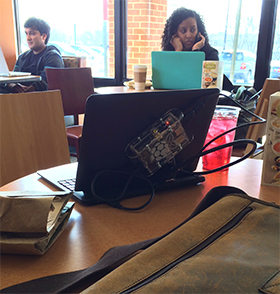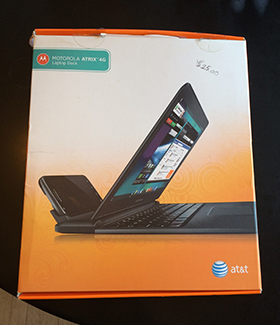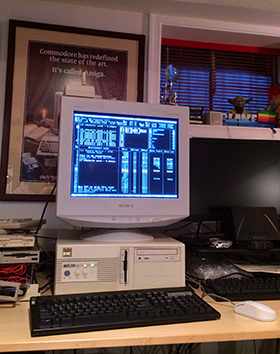The other day I was listening to my favorite podcast, RetroMacCast, during lunch at my office desk (which is my routine) when John & John made me aware of a 20-minute presentation given at EG 2014 by legendary digital artist Susan Kare who, as a key member of the Macintosh software design team, created the icons and fonts for the original Mac, worked as Creative Director at NeXT for Steve Jobs, and has been involved with countless projects since.
The presentation, as expected, is excellent and informative, but it’s the final slide that I enjoyed most.
Let me step back and share a bit of history. Soon after joining the Macintosh team, Kare began to create portrait icons for team members using the same 32×32  pixel grid as the original Mac desktop icons, just for fun. Everyone wanted one of themselves except, of course, Steve Jobs. But, she drew one anyway (and he ended up liking it).
pixel grid as the original Mac desktop icons, just for fun. Everyone wanted one of themselves except, of course, Steve Jobs. But, she drew one anyway (and he ended up liking it).
As one who has, for decades, appreciate Kare’s work, it was this 1024-pixel rendering that I looked to, upon the Apple co-founder’s untimely death, to mark the passing of the visionary who had, in no small part, helped shape my life. I had Kare’s grid of pixels inked upon my right forearm (by Dave Waugh of Jinx Proof in Georgetown), in a location that would keep it frequently in view.
After getting the tattoo of the icon, I sent a photo to Kare who, I’m happy to report, responded with amusement and enthusiasm and even added it to her Kare Prints Facebook page. And then, this past Christmas, she was kind enough to send me a rather lovely present, which I will reveal and write up (after framing) very soon, I promise.
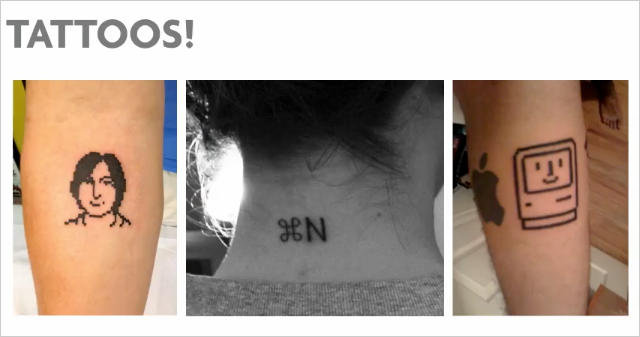
Now, back to the presentation. Towards the end of her talk, Kare presents a few slides showing her work found out in the wild—Space Invader street art, murals, Lego renderings, and…tattoos. Her final slide shows three examples of her work put to flesh, and Steve and my forearm are among them.
In closing her talk, Kare says that she considers people choosing to honor her work with tattoos and the like, “such a nice compliment.” That’s a nice thing to hear from this amazing woman.
My other blog posts to do with Susan Kare:

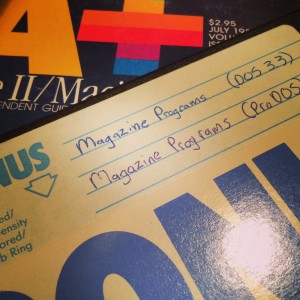 The other night I was flipping through my boxes of Apple II floppy disks looking for the driver software for my Apple //c’s Cricket! soundbox (that story’s coming soon, I promise) when a certain floppy caught my eye. It was a two-sided disk full of BASIC programs I typed in from magazines sometime in 1984 (most of my Apple II floppies are from 1984-85). I booted it up in the IIgs and ran a few of the programs I’d entered—some that I remembered, some that I didn’t.
The other night I was flipping through my boxes of Apple II floppy disks looking for the driver software for my Apple //c’s Cricket! soundbox (that story’s coming soon, I promise) when a certain floppy caught my eye. It was a two-sided disk full of BASIC programs I typed in from magazines sometime in 1984 (most of my Apple II floppies are from 1984-85). I booted it up in the IIgs and ran a few of the programs I’d entered—some that I remembered, some that I didn’t.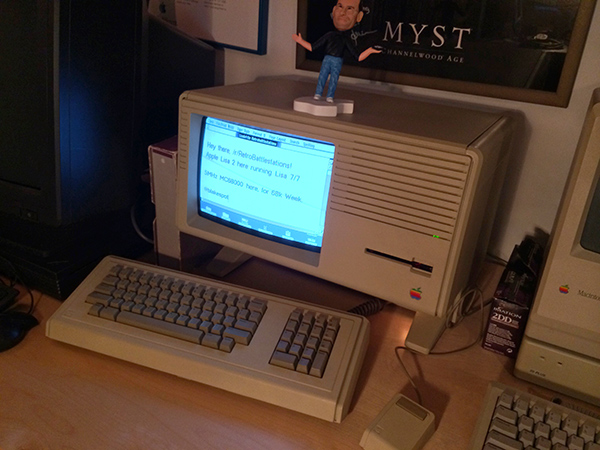
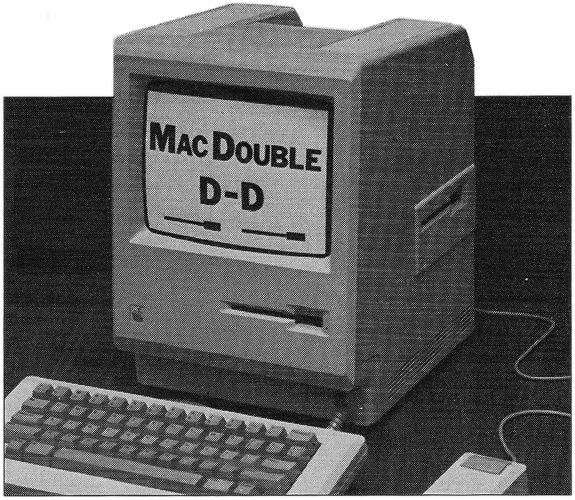
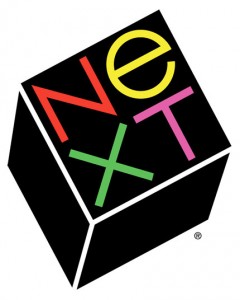 At the risk of making this seem like the Blog of Amusing Computing Promos of Yesteryear, what with my recent posts, I wanted to share something I ran across the other day.
At the risk of making this seem like the Blog of Amusing Computing Promos of Yesteryear, what with my recent posts, I wanted to share something I ran across the other day. 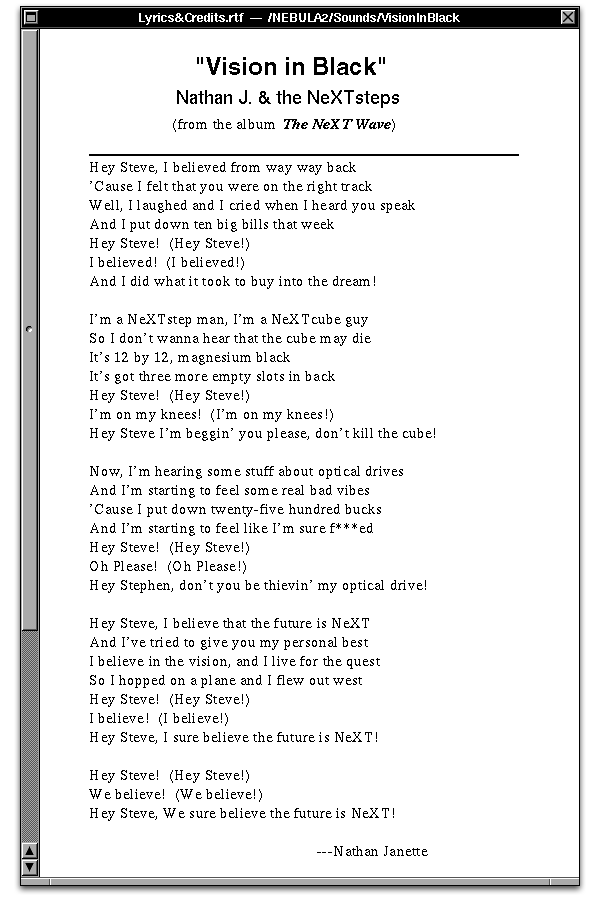
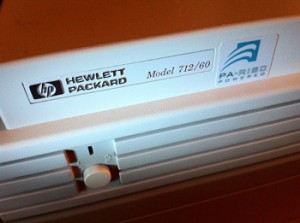 Over the years, as computing headed towards the mainstream and the industry struggled to figure out how to connect with the general public, there were some pretty bizarre marketing approaches the computer makers of the time ran up the flagpole. If you’re a regular reader, you’ve probably seen a few examples of what I’m talking about linked here on my blog over the years.
Over the years, as computing headed towards the mainstream and the industry struggled to figure out how to connect with the general public, there were some pretty bizarre marketing approaches the computer makers of the time ran up the flagpole. If you’re a regular reader, you’ve probably seen a few examples of what I’m talking about linked here on my blog over the years.